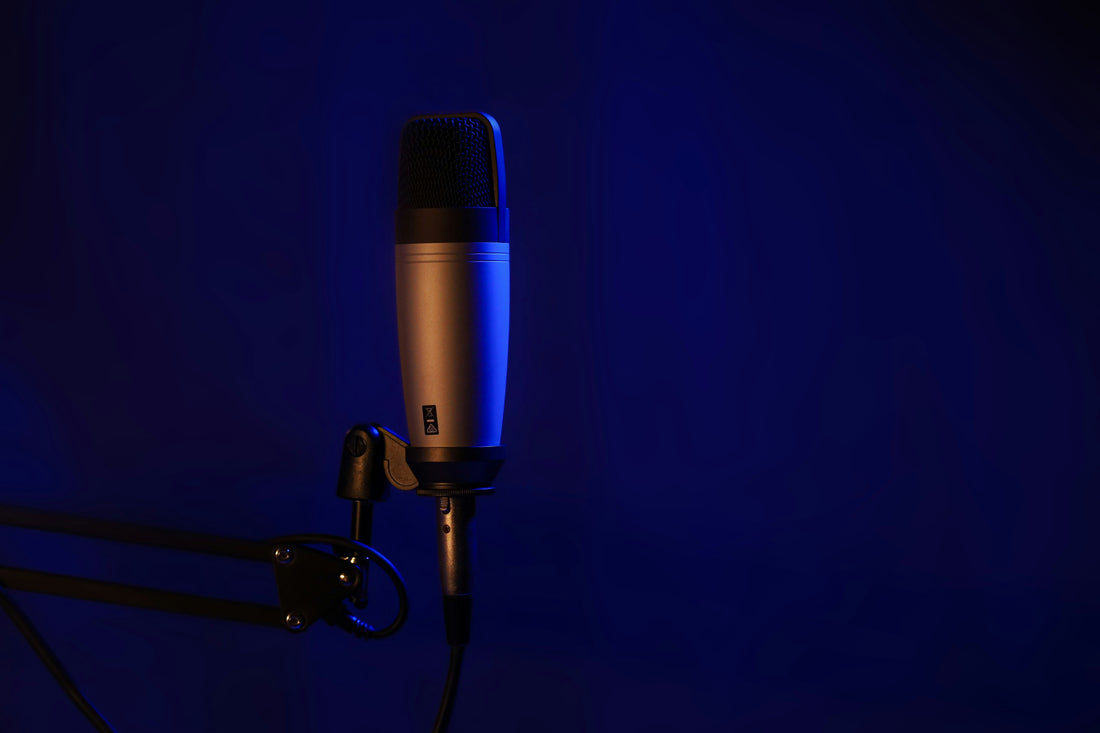Yeat’s vocal sound has become one of the most distinctive in the modern rap and hyperpop scenes. His “static autotune” signature style blends aggressive, robotic tuning with distorted, blown-out layers that punch through a track like a sonic laser beam. If you're trying to replicate that energy in your own music, this guide will break down how to get Yeat's static autotune sound using affordable tools, strategic vocal processing, and production tricks that match his high-voltage aesthetic.
Whether you’re a beginner mixing in a bedroom studio or a producer refining your sound, this step-by-step guide will help you capture the chaotic brilliance of Yeat’s iconic autotuned vocals.
Understanding the “Static Autotune” Vibe
Before diving into plugins and presets, it's essential to understand what defines Yeat’s sound.
Yeat’s vocal mixes often sound intentionally overprocessed. The autotune is set hard, with super fast retune speeds and little to no humanization. Combine that with distorted harmonics, robotic doubling, and tons of compression, and you get vocals that sit right on top of futuristic, synth-heavy trap beats.
The “static” element comes from high-end distortion and saturation layered on an already-maxed autotuned vocal, creating a kind of digital hiss and squish—imagine a broken radio fused with a cyborg voice. It’s gritty, metallic, and unmistakably synthetic.
Step 1: Capture the Right Vocal Take
To emulate Yeat’s sound, start with a confident, slightly aggressive performance. Yeat raps with sharp cadence, often keeping a rhythmic monotone flow with heavy ad-lib layering. Use a condenser mic that can capture crisp high frequencies. For a more budget-friendly setup, mics like the Audio-Technica AT2020 or Lewitt LCT 240 PRO offer solid vocal detail without breaking the bank.
If possible, track dry vocals in a treated space. Aim for clean takes with little background noise—you’ll be adding plenty of grit and effects later.
Step 2: Set Up Heavy Autotune
This is the core of the “Yeat static autotune” sound. Use an autotune plugin like Antares Auto-Tune, Waves Tune Real-Time, or a stock plugin like Pitcher in FL Studio or Logic’s Pitch Correction.
Set the retune speed to the fastest possible, typically around 0 to 10 milliseconds. Turn humanize down to zero to create that robotic effect. Be sure to set the key to match your beat. Formant shifting is optional but can be used to dial in more alien-style effects. Yeat’s style leans toward extreme robotic tuning—notes snap immediately to pitch with zero lag. This exaggerates vocal modulation and transforms natural phrasing into a synthetic melodic instrument.
Step 3: Add Distortion and Saturation
To get that “static” quality, you’ll need to introduce distortion without completely wrecking the clarity. Use a combination of distortion and saturation plugins like Decapitator by Soundtoys or FabFilter Saturn for multiband shaping. If you're looking for free alternatives, Softube Saturation Knob and Camel Crusher are excellent choices.
Focus your distortion in the high-mid frequency range, around 1kHz to 6kHz. This will emphasize hiss and static without muddying the vocal. Use a medium drive level and blend it in with a parallel mix to maintain vocal integrity. Avoid applying too much distortion to the low end—it tends to make vocals sound boomy and unclear.
Layering multiple saturation plugins in moderation can replicate the layered grittiness Yeat uses without destroying the vocal presence.
Step 4: Compress the Life Out of It (Almost)
Yeat’s vocal chains typically involve aggressive compression. This means flattening your dynamics so every syllable punches through the mix with no variance.
Start with a compressor set to a fast attack, medium release, and a ratio around 4:1. If needed, follow with a second compressor using a slower attack to add thickness. Use a limiter or clipper at the end of the chain to catch peaks and drive loudness even further.
Multiband compression can be useful here too, especially for taming harsh sibilance or controlling low-end buildup.
Step 5: Add Reverb and Delay—But Keep It Short
Yeat’s vocals often sound dry or subtly placed in a small space. You can use room reverb with a decay under one second, and add a slapback delay or stereo delay set to 1/8 note with low feedback. Be sure to high-pass your reverb and delay sends to prevent them from muddying the mix.
Automation is key here. Boost reverb or delay slightly in your ad-libs or transitional phrases, while keeping verses tight and upfront.
Step 6: Stack the Layers
A defining trait of Yeat’s mixes is vocal layering—doubles, harmonies, and pitched ad-libs.
Duplicate your lead vocal, pitch shift it slightly (up or down by about five cents), and pan the copies slightly left and right. Apply saturation individually to each layer to spread the stereo image.
Record additional ad-libs with different deliveries, pan them wide, and process them differently. Try formant shifting or pitch them down to add a robotic edge.
This combination creates a wall of processed vocals that sound futuristic and powerful.
Step 7: Sculpt with EQ
Once your vocals are tuned, compressed, and layered, sculpt them with EQ to help them cut through the mix and shine.
Apply a high-pass filter to remove low-end rumble, usually below 80Hz. Cut between 200Hz and 500Hz if the vocal sounds muddy. Boost between 6kHz and 10kHz for brightness and presence, and make narrow cuts around 2kHz to 4kHz if you detect harshness or nasal tones.
Use a spectral analyzer to visualize and refine your EQ moves, especially where static distortion might be too aggressive.
Step 8: Glue the Mix with Bus Processing
Once everything is layered and EQ’d, send all your vocal tracks to a vocal bus. On the bus, add a glue compressor with a low ratio and slow release, followed by a stereo widener if necessary. Use another EQ to balance the final tone and finish with a limiter to catch any rogue peaks.
This will create a cohesive, polished vocal sound that sits right in the middle of your mix—just like Yeat.
Optional: Use a Vocal Preset for Yeat’s Sound
If all this sounds overwhelming, you can speed up the process with a custom vocal preset that mimics Yeat’s processing chain. Cedar Sound Studios offers genre-specific and artist-inspired vocal presets that use only stock plugins. These are perfect for producers working in FL Studio, Logic Pro, Ableton, or Pro Tools.
Explore options at CedarSoundStudios.com to load a ready-to-go “static autotune” preset and tweak it to your liking.
Final Mix Tips
Always compare your mix to a reference track by Yeat. This will help you match loudness, tone, and placement. Make sure your vocals ride above the beat, especially with sub-heavy instrumentals. You may want to use sidechain compression or EQ carving to create space for the vocal to shine.
Most importantly, don't overdo the effects. Static autotune is bold and in-your-face, but it still needs balance. Over-saturation or over-compression can lead to clipping and listener fatigue. Keep a steady hand, and trust your ears.
Conclusion
Creating Yeat’s static autotune vocal sound is about pushing your vocal mix to its limits while still keeping it musical. From robotic autotune settings to aggressive saturation and clean layering, every step contributes to that signature futuristic vocal tone. With the right mic, plugins, and attention to detail, you can capture that gritty, distorted vibe that defines Yeat’s genre-bending style.
So whether you're trying to build a rage-type beat or layering ad-libs for a hyperpop cut, remember: precision is the key to chaos. Now go crank that retune speed and unleash your inner Yeat.

